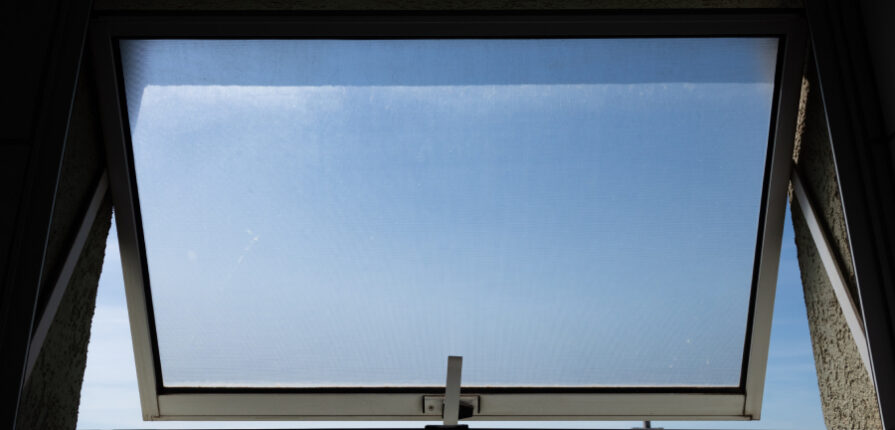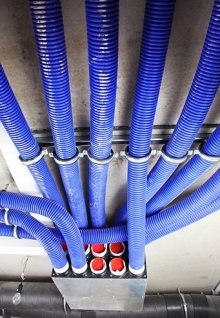Ventilation
Ventilation types play a vital role in keeping you and your home comfortable all year long. They can even offset mold and mildew problems.
Proper ventilation helps to offset the stress that’s put on the insulation. Basically, attic ventilation systems facilitate air circulation in the attic. Air intake and exhaust vents generate a natural flow of air – cooler air in via the intakes, warm air out via the exhaust vents – that helps to push the ultra-hot air up and out of the attic.
Ventilation Types
Natural
In fact, natural ventilation is the uncontrolled air movement in and out of the cracks and small holes in a home. It is necessary to maintain a healthy and comfortable indoor environment. Opening windows and doors also provides natural ventilation, but many people keep their homes closed up because they use central heating and cooling systems year-round.
Spot
Spot ventilation can improve the effectiveness of natural and whole-house ventilation by removing indoor air pollution and/or moisture at its source. It includes the use of localized exhaust fans, such as those used above kitchen ranges and in bathrooms. ASHRAE recommends intermittent or continuous ventilation rates for bathrooms of 50 or 20 cubic feet per minute. And kitchens of 100 or 25 cubic feet per minute, respectively.
Whole-House
The decision to use whole-house ventilation typically motivated by concerns that natural ventilation won’t provide adequate air quality, even with source control by spot ventilation. Whole-house ventilation systems provide controlled, uniform ventilation throughout a house. These systems use one or more fans and duct systems to exhaust stale air and/or supply fresh air to the house.
There are four types of systems:
- Exhaust ventilation systems work by depressurizing the building and are relatively simple and inexpensive to install.
- Supply ventilation systems work by pressurizing the building, and are also relatively simple and inexpensive to install.
- Balanced ventilation systems, if properly designed and installed, neither pressurize nor depressurize a house. Rather, they introduce and exhaust approximately equal quantities of fresh outside air and polluted inside air.
- Energy recovery ventilation systems provide controlled ventilation while minimizing energy loss. They reduce the costs of heating ventilated air in the winter by transferring heat from the warm inside air being exhausted to the fresh (but cold) supply air. In the summer, the inside air cools the warmer supply air to reduce ventilation cooling costs. Compare whole-house ventilation systems to determine which is right for your home.



